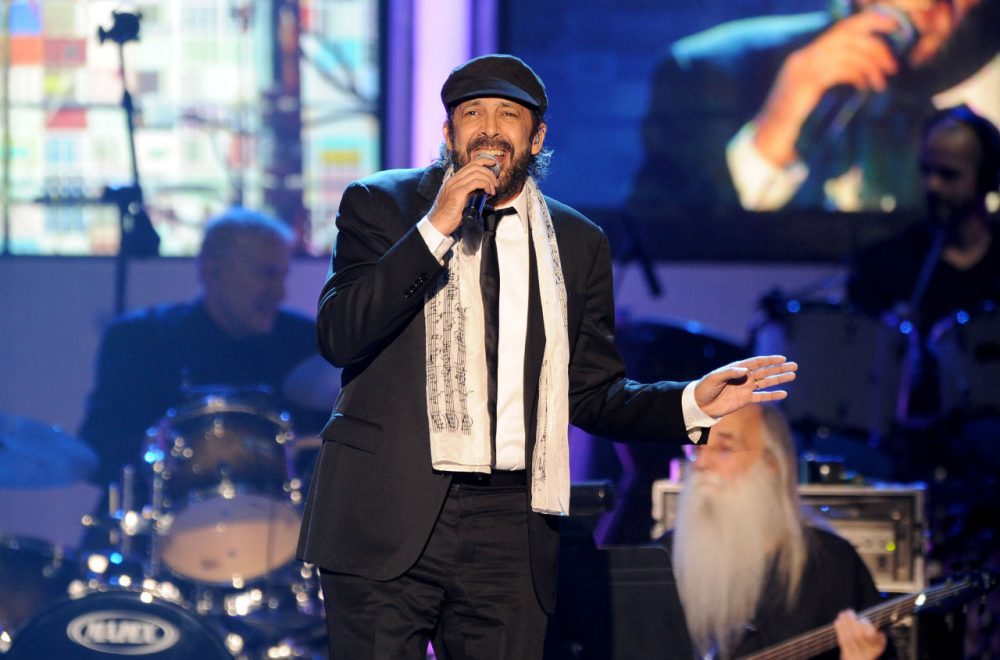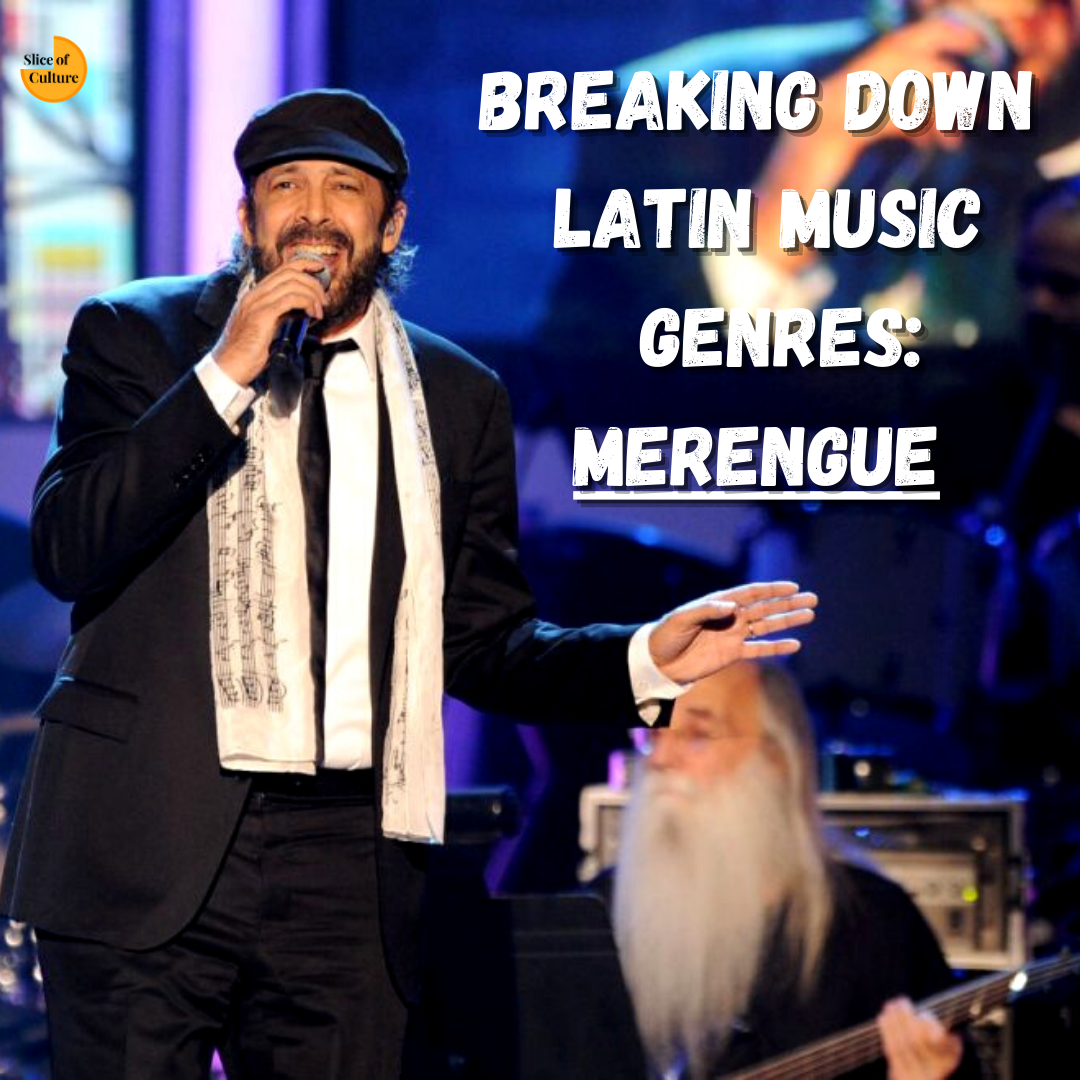Latin America is made of more than 600 million people and they all have one thing in common — love for Latin music.
From the hip movements of Salsa and Bachata to the rhythm of Cumbia or from the fire of reggaeton to the folklore of Mexican Ranchera, Latin music varies in genres and subgenres.
What makes Latin music so special is that it unites people at parties, festivals, concerts or in a simple car jam session. But Latin music goes beyond its region, in fact, it’s done a global takeover.
Maybe it’s because its global sound is made up of many international roots, even though its birthplace is in Latin America.
Whatever the case may be, the “Breaking Down Latin Music” series is giving you a glimpse of the history of the Latin rhythm.
First up: merengue.

Merengue is the national dance and music of the Dominican Republic.
The music and dance style is so big that the country established Nov. 26 as the National Merengue Day. Every year, the country holds merengue festivals in Santo Domingo and Puerto Plata.
But merengue wasn’t always the positive music style it is today. In the mid-1800s, the genre had negative connotations because of its popularity among “rough” neighborhoods and its references to sexual and political issues.
Back then, merengue songs were played only on stringed instruments. It wasn’t until the end of the 1800s that the accordion was added, thanks to German traders.
However, merengue’s perspective quickly changed in the 1930s. Dictator Rafel Leonidas Trujill made a nationwide campaign promoting the music style. Its reputation transformed as the sound and became the spirit of Dominican music.
What is Merengue?

Merengue is said to have been brought to life in Santiago, but its influences come from Africa and Spain.
The music is based on quintillo, a repeating five-beat rhythmic pattern. Typical instruments used in merengue are the diatonic accordion, the tambora and güira, but can also include the horn or saxophone.
Its brother is méringue, which is the dance music from Haiti. The difference between the two is the tempo.
Going global
In the 1960s a lot of people migrated from Dominican Republic to New York allowing exposure of U.S. music genres such as rock n’ roll and R&B to mix with merengue sound.
It was especially after the assasination of Trujillo in 1961 that merengue’s sound started to change into the modern sound we listen to today.
Popular musicians in the genre include Johnny Ventura who is said to be the “King of Merengue” because of his influence from the 50s to 70s. He was even awarded the lifetime achievement award at the 2006 Latin Grammy Awards.
In 1967, he brought his music to New York and in 2015 he was named the King of the Dominican Day Parade in New York City.
The title “Queen of Merengue” could go to Milly Quezada and Puerto Rico’s Olga Tañón who is said to have increased the genre’s popularity within the Puerto Rican population.
Entering the Puerto Rican merengue scene was Elvis Crespo. One of his most famous hits, “Suavamente” was released in 1999 and helped him win “Artist of the Year” at the 2000 Billboard Latin Music Awards.

Today, one of the most internationally recognized merengue singers from the Dominican Republic is Juan Luis Guerra.
He’s been dominated charts with his music since the 1990s. His songs “El Costo de la Vida”, “Mi PC”, “Palomita Blanca” and “La Llave de mi Corazon” all made it to No.1 on the Hot Latin Songs chart.
But we can’t forget “El Farolito”, “La Cosquillita” and “Las Avispas” which are songs to make you, your mom and abuelita dance.



Only wanna comment that you have a very nice site, I like the style and design it really stands out. Devora Tucker Zed